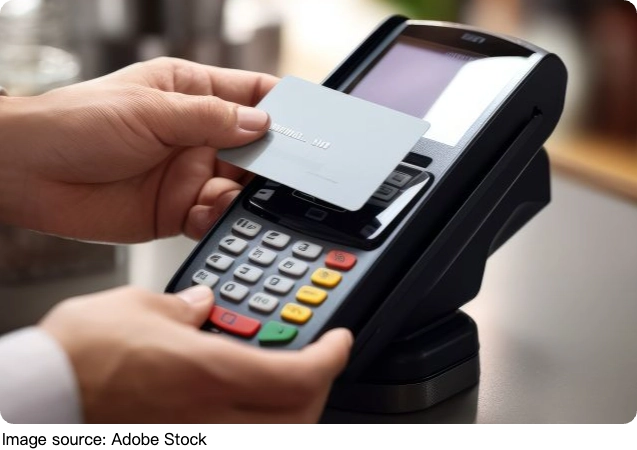Is Cash Still King?

The shift toward cashless payments is accelerating worldwide, fueled by technology, convenience, and the promise of a more efficient economy.
However, embracing a fully cashless lifestyle isn't without its drawbacks.
Understanding the nuanced risks and limitations of cashless systems is essential for making informed financial decisions.
The Illusion of Convenience: When Cashless Becomes Costly
At first glance, digital payments offer unmatched ease—tap, swipe, or click to complete transactions in seconds. Yet, beneath this convenience lies a less obvious reality: fees and charges can quietly accumulate. Payment processors, digital wallets, and card networks often impose transaction fees that, over time, erode purchasing power.
According to financial analyst Katherine Barker, many consumers underestimate the cumulative impact of digital transaction fees on their budgets—a trend often overlooked amid the convenience of tap-and-go systems.
Privacy Concerns: Your Spending Under the Microscope
Cash transactions provide anonymity and freedom from surveillance. Digital payments, however, generate detailed data trails that can be accessed by multiple entities—banks, payment platforms, advertisers, and even governments. This data harvesting raises significant privacy concerns.
Every digital payment adds a layer of personal data that could be exploited. While some argue this data helps customize services, the risks of misuse and breaches remain high.
Exclusion Risks: Who Gets Left Behind?
The move toward cashless economies risks marginalizing vulnerable populations—elderly individuals, low-income households, and those lacking access to smartphones or bank accounts. A study by the Financial Inclusion Institute found that about 1.4 billion adults worldwide remain unbanked, relying heavily on cash for everyday transactions.
This digital divide can deepen inequality, preventing certain groups from fully participating in the modern economy. Relying solely on cashless methods without adequate alternatives excludes millions and hinders social mobility.
Technical Failures and Cybersecurity Threats
Dependence on digital payment infrastructures introduces systemic risks. Technical glitches, server outages, or internet failures can temporarily halt transactions, leaving consumers unable to pay for essentials. Furthermore, cyberattacks targeting payment networks have escalated in frequency and sophistication.
While digital payment security improves continuously, no system is foolproof. A cyber breach or outage can paralyze commerce, underscoring the need for resilient backup payment methods.
Behavioral Economics: How Cashless Payments Influence Spending
Psychological research shows that using physical cash creates a stronger emotional connection to money, often leading to more mindful spending. Digital payments, on the other hand, can reduce the "pain of paying," encouraging higher and more impulsive expenditures.
Cashless payments dissociate the act of spending from the tangible loss of money. This can increase spending frequency and amounts, which may harm long-term financial health.

The Balanced Approach: Integrating Cash and Digital
Rather than embracing an all-or-nothing stance, the most prudent strategy involves balancing cash and cashless options. Maintaining access to physical currency ensures resilience in emergencies, protects privacy, and caters to diverse user needs. Individuals and institutions should recognize the strengths and limitations of each method. A hybrid approach safeguards against the pitfalls of exclusive cashlessness while embracing digital efficiency.
While cashless payments undoubtedly transform commerce with speed and innovation, the choice to go fully cashless demands careful consideration. Hidden fees, privacy erosion, social exclusion, technical risks, and behavioral impacts highlight why abandoning cash entirely isn't always the smartest financial move. Balancing digital convenience with the tangible security of cash creates a more inclusive, resilient financial ecosystem.
-
 Cushing Clues Exposed!Why Do Faces Puff Up?! Is Your Body Hiding Signs You Never Noticed Before?! Find Out Here!
Cushing Clues Exposed!Why Do Faces Puff Up?! Is Your Body Hiding Signs You Never Noticed Before?! Find Out Here! -
 Healthy Kid SnacksTop 5 Healthy Snack Recipes Your Kids Will Actually Love — Really Easy!
Healthy Kid SnacksTop 5 Healthy Snack Recipes Your Kids Will Actually Love — Really Easy! -
 Frizz, Grease, And Sweat?Heat Got You Frizzing Out? These Summer Hair Hacks Will Save Your Style!
Frizz, Grease, And Sweat?Heat Got You Frizzing Out? These Summer Hair Hacks Will Save Your Style!